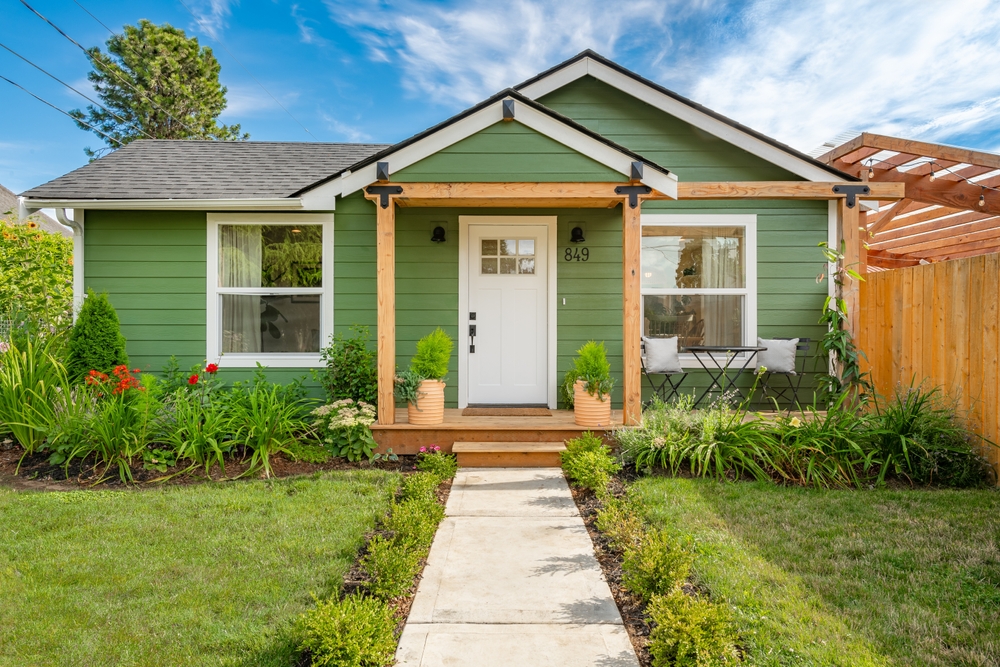Rent prices declined for the 20th consecutive month across the 50 largest U.S. metro areas. But the cost of renting remains well above pre-pandemic levels, according to the newest Realtor.com rent report released Wednesday.
The median asking rent in March was $1,694, down $65 from the 2022 peak. But compared to March 2019, the median rent is still 20.2% higher, rising from $1,409 over the six-year period.
“While the median asking rent is down $65 monthly or over $700 annually, in nearly every major U.S. metro rents are still considerably higher than 2019,” Joel Berner, senior economist at Realtor.com, said in the report.
“We have seen declines in rents largely due to robust multi-family building and permitting adding more rental options in many metros. This tailwind is currently under threat as developers grapple with the short-term and long-term impacts of new and evolving tariffs on building materials.”
San Francisco remains the only major metro where rent prices are lower than before the COVID-19 pandemic. Meanwhile, several cities have seen sharp increases in that time, including Pittsburgh (+47.9%), Tampa (+45.7%), Indianapolis (+34%), and Sacramento (+30.6%).
Tariffs threaten construction, could reverse rent declines
The recent imposition of tariffs on building materials — particularly steel and aluminum — poses a risk to continued rent price relief, especially in markets with booming multifamily development.
Higher material costs could lead to construction delays, cancellations or increased expenses that may eventually be passed on to renters.
“Even markets with declining permitting activity could see impacts as rising construction costs could further dampen new development plans, restricting supply and continuing to exert upward pressure on rental prices,” Berner said.
Cities where multifamily permitting has grown most rapidly may be particularly vulnerable to the economic impacts of the tariffs. These include Milwaukee; Oklahoma City; Memphis, Tennessee; Cleveland; Columbus, Ohio; Atlanta; Cincinnati; Birmingham, Alabama; and San Diego.
Developers in these regions could face difficult decisions regarding the viability of new projects, potentially slowing the pace of rental inventory growth that has helped ease prices in recent years.
Berner suggested that renters in areas where rents are declining may want to consider locking in current rents before any potential cost increases affect the market.
.png)
 German (DE)
German (DE)  English (US)
English (US)  Spanish (ES)
Spanish (ES)  French (FR)
French (FR)  Hindi (IN)
Hindi (IN)  Italian (IT)
Italian (IT)  Russian (RU)
Russian (RU) 








Comments